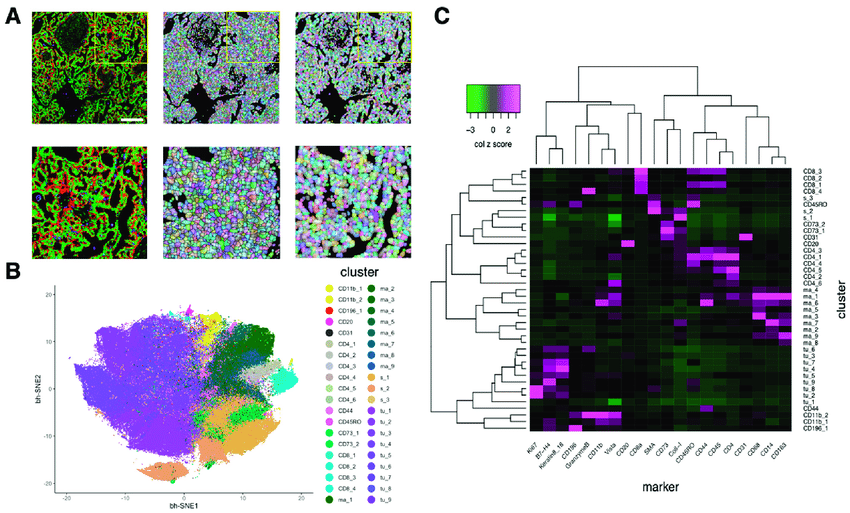In the world of manufacturing, quality control plays an essential role in ensuring that products not only look good but also perform well and meet strict safety standards. Traditionally, quality control has relied on manual inspections and basic automated systems, but these methods are often inefficient, slow, and prone to human error. This has left manufacturers searching for ways to improve their processes, particularly when it comes to detecting defects that could lead to costly mistakes, customer dissatisfaction, or even recalls.
Enter computer vision—a powerful technology that’s revolutionizing the way quality control is done in industrial manufacturing. By combining advanced cameras and artificial intelligence, computer vision systems are capable of inspecting products in real time, identifying even the smallest defects with a level of precision that humans or older systems simply can’t match.
In this post, we’ll explore the limitations of traditional quality control methods, how computer vision is making a difference, and the future potential of this innovative technology in manufacturing.
The Challenges of Traditional Quality Control
Traditional quality control in manufacturing can feel like trying to find a needle in a haystack. Workers inspect products manually or use basic automated systems, but both methods come with significant drawbacks.
Manual inspections are labor-intensive, slow, and prone to human error. Even the most experienced inspectors can become fatigued, distracted, or overlook subtle defects, especially in complex or high-volume production environments. This leaves a lot of room for mistakes, which can lead to faulty products making it through to customers, resulting in costly returns, repairs, or worse—recalls.
Basic automated systems have helped improve this process to an extent, but they often rely on outdated technology that can miss finer details. While these systems are faster than manual inspection, they can still fail to catch subtle but critical issues, leading to defects being missed. This becomes particularly problematic in industries like automotive or electronics, where even a tiny flaw can cause significant performance or safety issues.
For manufacturers, the stakes are high. Failing to identify defects early can lead to higher production costs, dissatisfied customers, and a tarnished reputation. This is where computer vision steps in as a game-changer.
What is Computer Vision?
Computer vision is an area of artificial intelligence (AI) that enables machines to “see” and interpret the visual world. In manufacturing, it involves using advanced cameras and image processing algorithms to inspect products, detect defects, and ensure that every item meets predefined quality standards.
Unlike manual inspection, which is limited by human abilities, or basic automated systems, which are constrained by simple rules, computer vision systems can analyze vast amounts of visual data in real-time. These systems can process images or video footage, detecting inconsistencies or defects that might be too small for the human eye to spot.
The power of computer vision comes from its combination of high-resolution cameras and AI algorithms. The cameras capture detailed images of the products, while the algorithms process these images, looking for flaws. Because these systems operate in real-time, they can inspect products at high speed, making them ideal for fast-paced manufacturing environments where time is of the essence.
How Computer Vision is Revolutionizing Quality Control
The impact of computer vision on quality control is profound, as it offers numerous benefits over traditional methods. Let’s dive into a few ways this technology is changing the game in manufacturing:
1. Unmatched Precision and Accuracy
One of the most significant advantages of computer vision is its ability to detect defects with pinpoint accuracy. In industries where even the tiniest flaw can lead to major issues, such as in automotive or electronics manufacturing, this level of precision is invaluable.
For example, in the automotive industry, computer vision systems are used to inspect engine components for microscopic cracks or imperfections that could lead to mechanical failure down the road. These cracks are often too small for the human eye to see, but computer vision can identify them instantly, ensuring that faulty parts are caught before they are installed in vehicles.
Similarly, in the electronics industry, computer vision is used to scan for faulty circuits or misaligned components during the assembly process. By catching these defects early, manufacturers can avoid producing defective products that might later fail, saving both time and money.
2. Increased Efficiency and Speed
In addition to its unmatched precision, computer vision also significantly increases the speed of the inspection process. Since these systems operate in real-time, they can inspect products as they move down the production line without causing delays.
This is a huge improvement over manual inspections, which are often slow and require products to be checked individually. Even automated systems of the past can’t match the speed and accuracy of today’s AI-powered computer vision technology.
By speeding up the inspection process, manufacturers can maintain high production rates while ensuring that every product meets their quality standards. This means fewer delays, reduced costs, and more satisfied customers.
3. Consistency in Quality Control
Another key benefit of computer vision is its ability to deliver consistent results. Unlike human inspectors, who may have varying levels of skill or become fatigued over time, computer vision systems perform the same task with the same level of accuracy every time.
This consistency is crucial in industries where product quality must be maintained at a high level throughout the entire production process. By eliminating the variability that comes with human inspection, manufacturers can ensure that every product that leaves their factory is held to the same high standards.
Beyond Defect Detection: Other Applications of Computer Vision
While the ability to detect defects is one of the most important applications of computer vision in manufacturing, this technology is also being used in other innovative ways. Here are a couple of unique examples that highlight the versatility of computer vision:
1. Automated Quality Control for Complex Assemblies
In industries where products are made up of multiple components, such as electronics, ensuring that every part is correctly assembled is critical. Traditionally, this has been done by human inspectors, but with computer vision, the process can be fully automated.
For example, in electronics manufacturing, computer vision systems can capture images of completed assemblies and analyze them to ensure all components are present, correctly aligned, and properly connected. If a problem is detected, the system can alert operators, who can correct the issue before it causes further problems down the line.
2. Intelligent Inventory Management
Computer vision is also being used to streamline inventory management in manufacturing. By analyzing images of warehouse shelves or storage areas, these systems can automatically count products, track stock levels, and even identify missing or misplaced items.
This real-time data helps manufacturers optimize their inventory management processes, reducing the risk of stockouts, improving supply chain efficiency, and ultimately saving money.
The Future of Manufacturing: What’s Next for Computer Vision?
As computer vision technology continues to evolve, its applications in manufacturing will only grow. We can expect to see even more advanced uses of this technology, such as autonomous robots that use computer vision to perform complex tasks like assembly or quality control without human intervention.
We may also see augmented reality systems powered by computer vision, allowing workers to interact with products in new and innovative ways. Imagine being able to visualize the internal components of a product or see a real-time overlay of a product’s specifications as it moves down the production line.
By embracing these advancements, manufacturers can position themselves at the forefront of inn
ovation, improving efficiency, quality, and productivity in ways that were previously unimaginable.
Seeing the Big Picture
Computer vision is more than just the next step in quality control—it’s a revolutionary technology that is transforming the manufacturing industry. By offering unprecedented levels of precision, speed, and consistency, computer vision is helping manufacturers overcome the limitations of traditional methods and ensure that every product they produce is of the highest quality.
As this technology continues to advance, its potential applications will only expand, making it a vital tool for any manufacturer looking to stay competitive in today’s fast-paced, ever-evolving market. With computer vision, the future of quality control is here—and it’s sharper, faster, and more reliable than ever.


